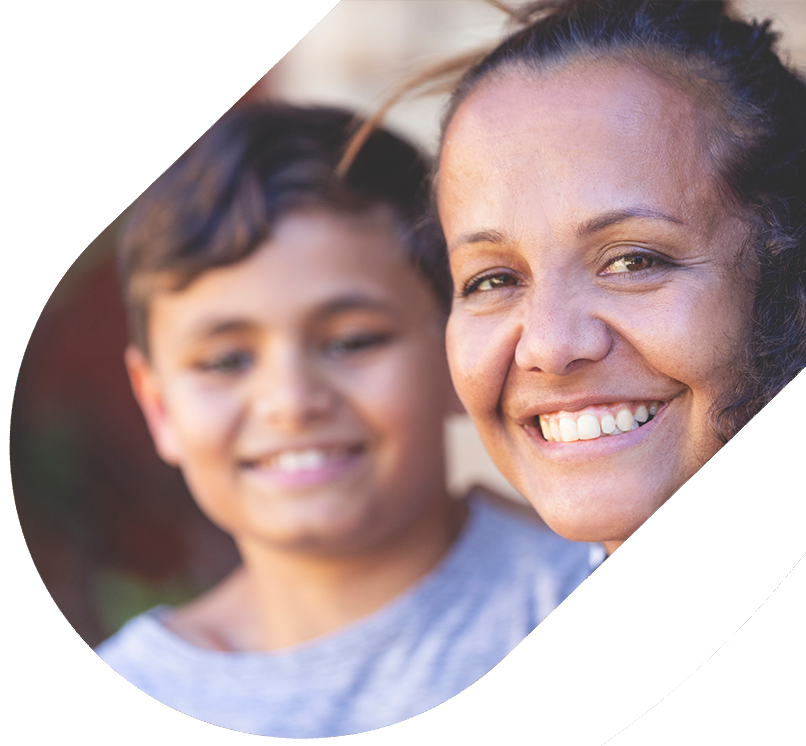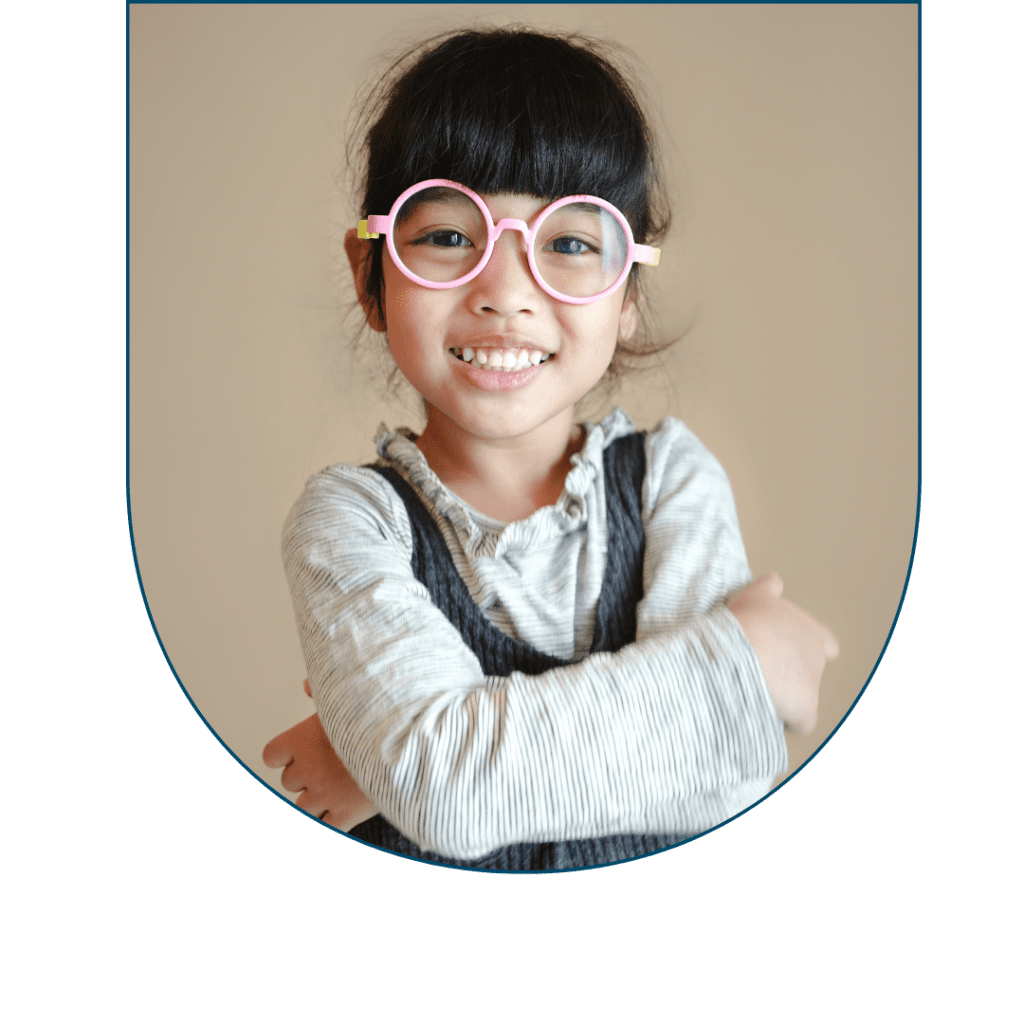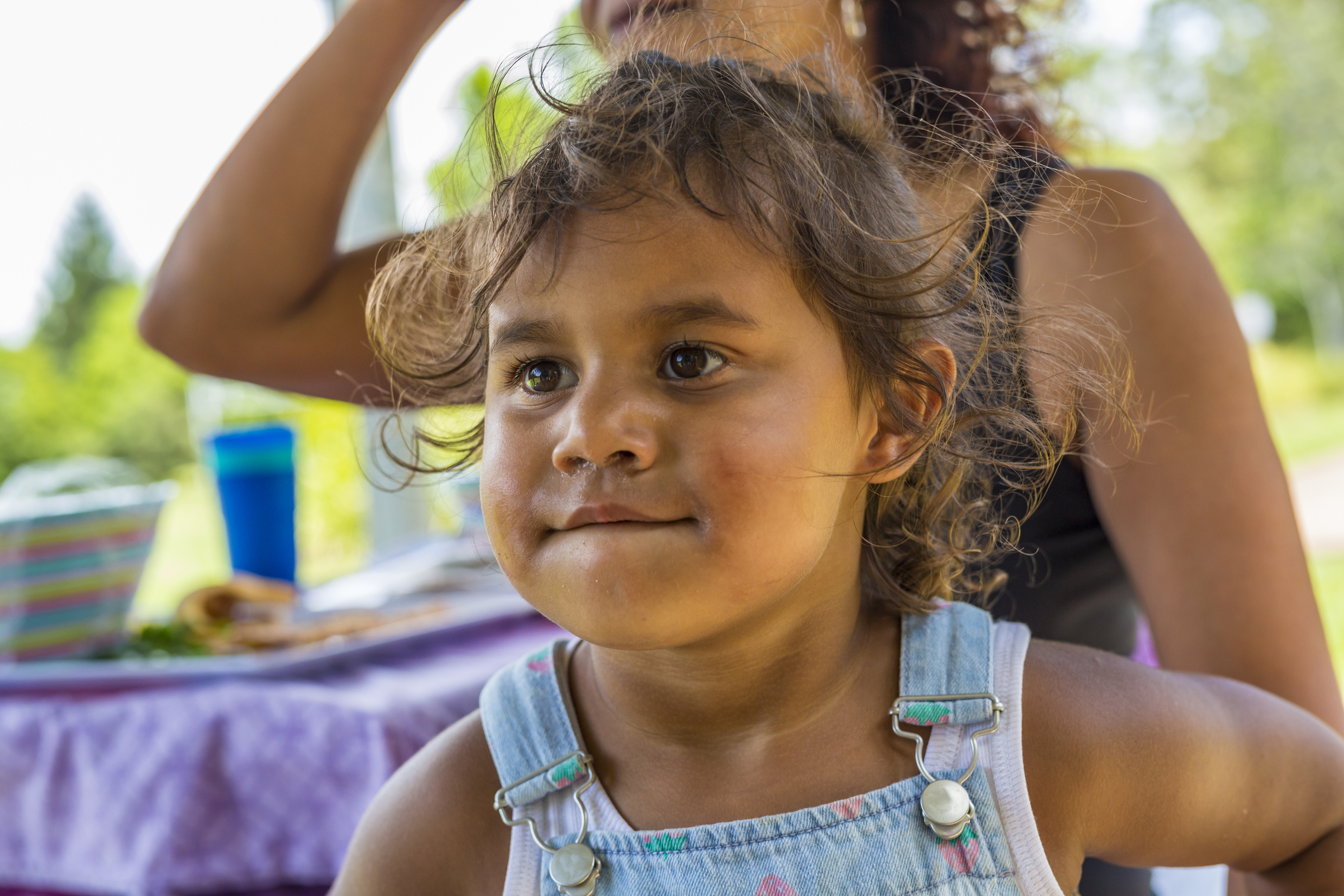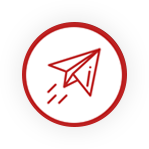The Australian College of Optometry (ACO), and Aboriginal Community Controlled Health Organisation, the Victorian Aboriginal Health Service (VAHS) celebrated 25 years of dedicated optometry services for Aboriginal and Torres Strait Islander peoples this World Sight Day.
ACO and VAHS staff were joined by colleagues and supporters from the Eye and Ear Hospital, Fred Hollows Foundation, the Indigenous Eye Health Unit (University of Melbourne) and Optometry Australia to celebrate the significant milestone. We were delighted to be joined by May Ho, Optometry and Primary Health Advisor at Fred Hollows and the first ACO optometrist assigned to the VAHS clinic in 1998.
The embedded optometry clinic at VAHS’ Fitzroy site removes barriers to eye care experienced by Aboriginal and Torres Strait Islander peoples in mainstream services, which systematically fail them and drive health disparities.
Need for Community-Controlled Eye Care
The joint VAHS ACO clinic was launched in 1998, at a time when blindness was reported as ten times more prevalent among Aboriginal and Torres Strait Islander people than in other Australians. [1] Most of the vision loss and blindness was caused by diabetic retinopathy, which disproportionately affects Aboriginal and Torres Strait Islander communities, and can be prevented with regular screening and timely access to treatment. Following recommendations set out by the National Aboriginal Health Strategy, the ACO and VAHS sought to improve community eye health outcomes through community control and participation in service delivery.
Today, the VAHS ACO optometry clinic delivers culturally safe care with sessions running twice a week. Nilmini John, ACO Manager of Aboriginal Services, leads the team of four optometrists who service the embedded clinic. In this role, Nilmini works closely with the VAHS team to continually ensure community eye health needs are met.
“As health practitioners, we’re accustomed to telling patients what they should do but when working with First Nations clients, it’s important to ensure patients feel they are ultimately making decisions for themselves. We need to provide our patients with as much information, avoiding jargon, so they can make informed decisions regarding their health. This is self-determination at its core,” said Nilmini.
25 Years on
What first began with a single optometry clinic twenty-five years ago has evolved significantly to support the health needs of the local Aboriginal and Torres Strait Islander community. In 2018, the Royal Victorian Eye and Ear Hospital (Eye and Ear) began providing ophthalmology services, with regular clinics running fortnightly. This addition has ensured that community members can access a full suite of eye health services ranging from primary optometry to laser and injection treatment, and post-operative check-ups.
Separately, VAHS Aboriginal health worker Kelli McGuinness was appointed to the new role of Aboriginal Eye Health Worker (AEHW) in 2022 to support eye health service delivery. This role was created in consultation with ACO optometrists and Dr Rosie Dawkins from the Eye and Ear and was made possible with funding from the Fred Hollows Foundation.
Gavin Brown, VAHS Chief Operating Officer is passionate about the growth in eye care services available to Aboriginal and Torres Strait Islander peoples.
“VAHS is a recognised leader in the eye health space, and we also acknowledge the incredible work that ACCHOs are doing across Australia. There is a strong synergy by all those involved in improving the eye health in our communities as we continue to be committed to enabling the gift of sight.”
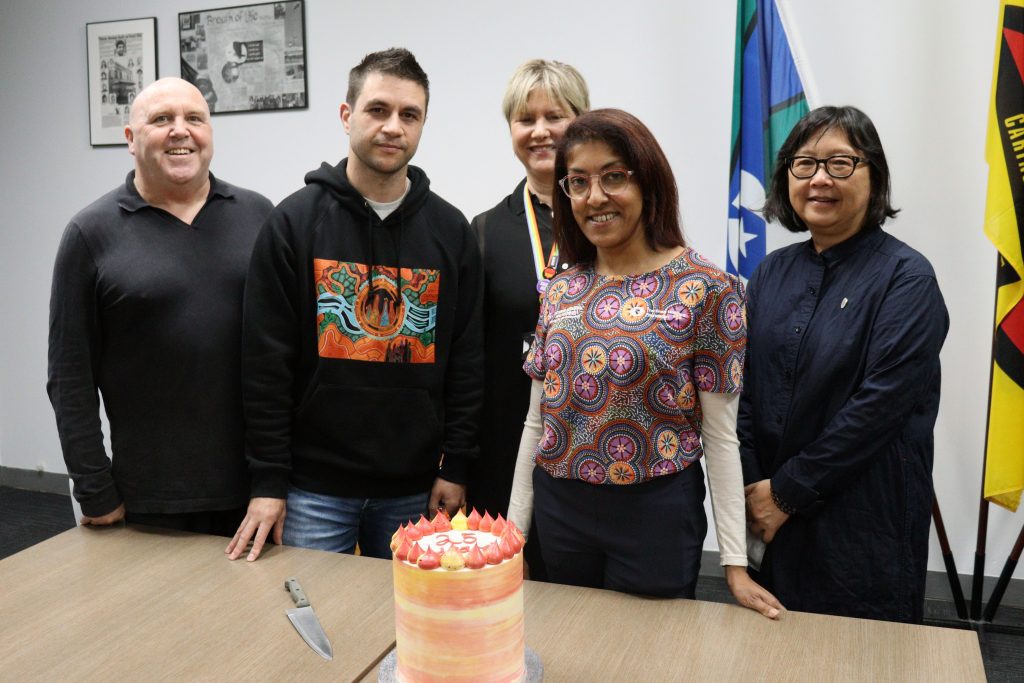
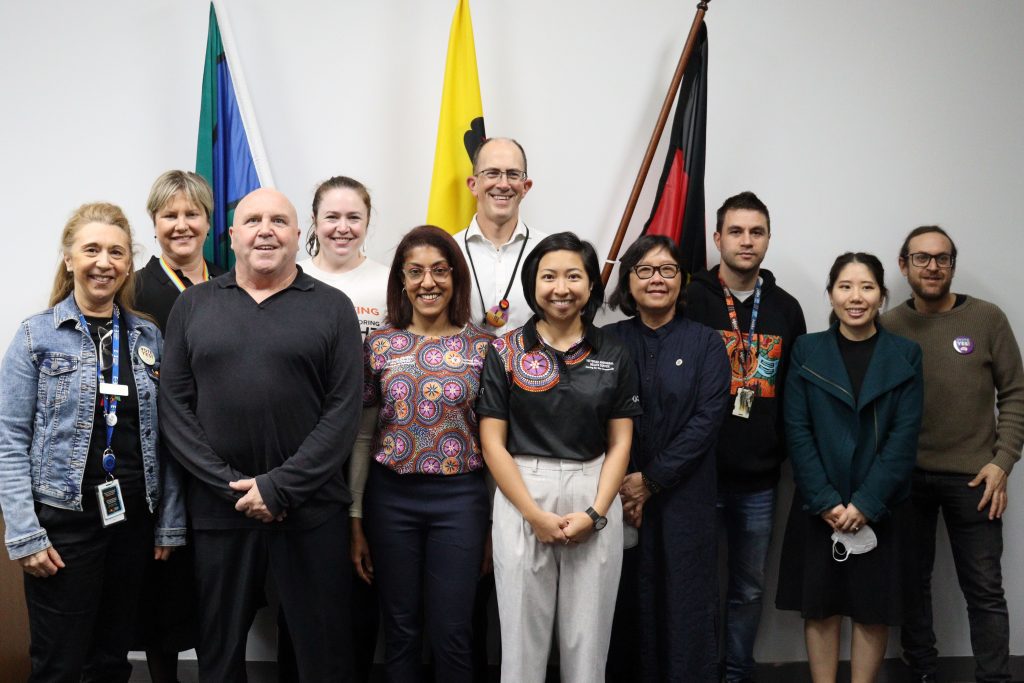
Future of First Nations Eye Health
While much success has come from the dedicated eye care services at VAHS Fitzroy, the challenges facing equitable eye health for Aboriginal and Torres Strait Islander communities are many. In 2020, an annual update on the implementation of the Roadmap to Close the Gap for Vision reported that the rate of blindness among Aboriginal and Torres Strait Islander adults had halved nationally, but still stand at three times that of other people. [2]
Collaboration been health care providers and ACCHOs has proven instrumental for meaningful impact on Aboriginal and Torres Strait Islander health outcomes, and the ACO is appreciative of the opportunity to work within community-controlled spaces, such as VAHS, to deliver effective care.
Dr Josephine Li, ACO General Manager of Rural VES and Outreach Programs, commented, “It is clear the best possible health outcomes are made possible with the leadership, teamwork, and guidance of community-controlled health services and Aboriginal and Torres Strait Islander voices. This invaluable input from community is essential across all health services and policies throughout Australia to improve the wellbeing of our Aboriginal and Torres Strait Islander communities.”
References:
[1] Taylor, H. R., Eye health in Aboriginal and Torres Strait Islander communities, 1997
[2] Taylor, H.R., Gillor, G., Anjou, M.D., 2020 Annual Update on the Implementation of The Roadmap to Close the Gap for Vision, 2020.
